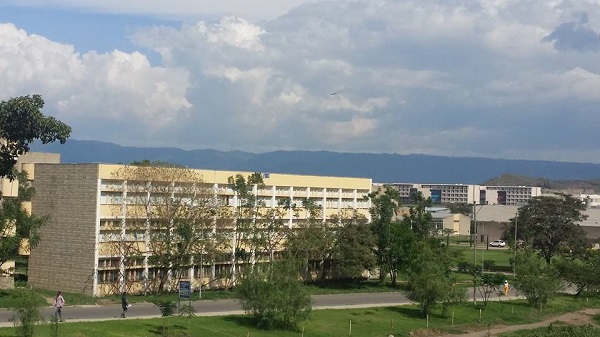
Substance or drug abuse affects the academic life of university students resulting in inadequate attendance, poor academic performance, and conflict with others, among other issues.
By Wondwosen Tamrat (University World News)
Substance and drug abuse among university students has become a major global concern and a serious challenge. Substances commonly abused include alcohol, tobacco, prescription drugs, cannabis and other psychoactive substances.
Yet a quick search on the websites of publications with wide readership such as University World News, International Higher Education and Inside Higher Ed for articles on the subject using ‘drug or substance abuse’ as key terms yielded almost nothing. This is despite the fact that the academic, health and social consequences of substance abuse at global level are immense.
A series of published reports from the World Health Organization and the United Nations indicate that worldwide 5% of all deaths of young people between the ages of 15 and 29 are attributable to alcohol use.
In a similar vein, an estimated 150 million young people use tobacco, and approximately half of young tobacco users will die prematurely as a result of it. In 2015 about a quarter of a billion people used drugs, of which around 29.5 million people – or 0.6% of the global adult population – were engaged in problematic use and suffered from drug-use disorders, including dependence.
The World Drug Report 2017 reveals that an estimated 28 million years of “healthy” life was lost worldwide in 2015 as a result of premature death and disability caused by drug use.
Substance or drug abuse: prevalence rate among students
Substance or drug abuse affects the academic life of university students resulting in inadequate attendance, poor academic performance, and conflict with others, among other issues. Its adverse effect on the physical and mental health, and sexual practices of university students cannot be overemphasized.
The attending negative consequences on the economic development of a country which will be robbed of a portion of its most productive section of society also cannot be ignored.
There is a growing body of literature in Ethiopia that shows the magnitude of substance/drug abuse in older universities like Addis Ababa, Adama, Jimma, Haramaya, Gondar and Ambo, and the relatively new universities such as Aksum, Debre Markos, Jigjiga and Dire Dawa. The findings reveal that the prevalence of drug and substance abuse – which used to be a rare phenomenon – is steadily increasing in many institutions of higher learning.
The most frequently used substances in Ethiopian universities are found to be alcohol, khat (a shrub-like plant having a stimulant effect) and tobacco. Hard drugs like cocaine and heroin are rarely used, perhaps due to their unavailability. The simultaneous use of various substances or drugs is also observed as an additional problem. For instance, alcohol consumption or khat use is significantly accompanied by tobacco use.
According to the nascent research, substance and drug abuse among students is associated with variables such as gender, year of study, family history, peer pressure, availability of drugs, dissatisfaction with academics, and student pocket money.
Read the complete story at University World News
——
See also:
